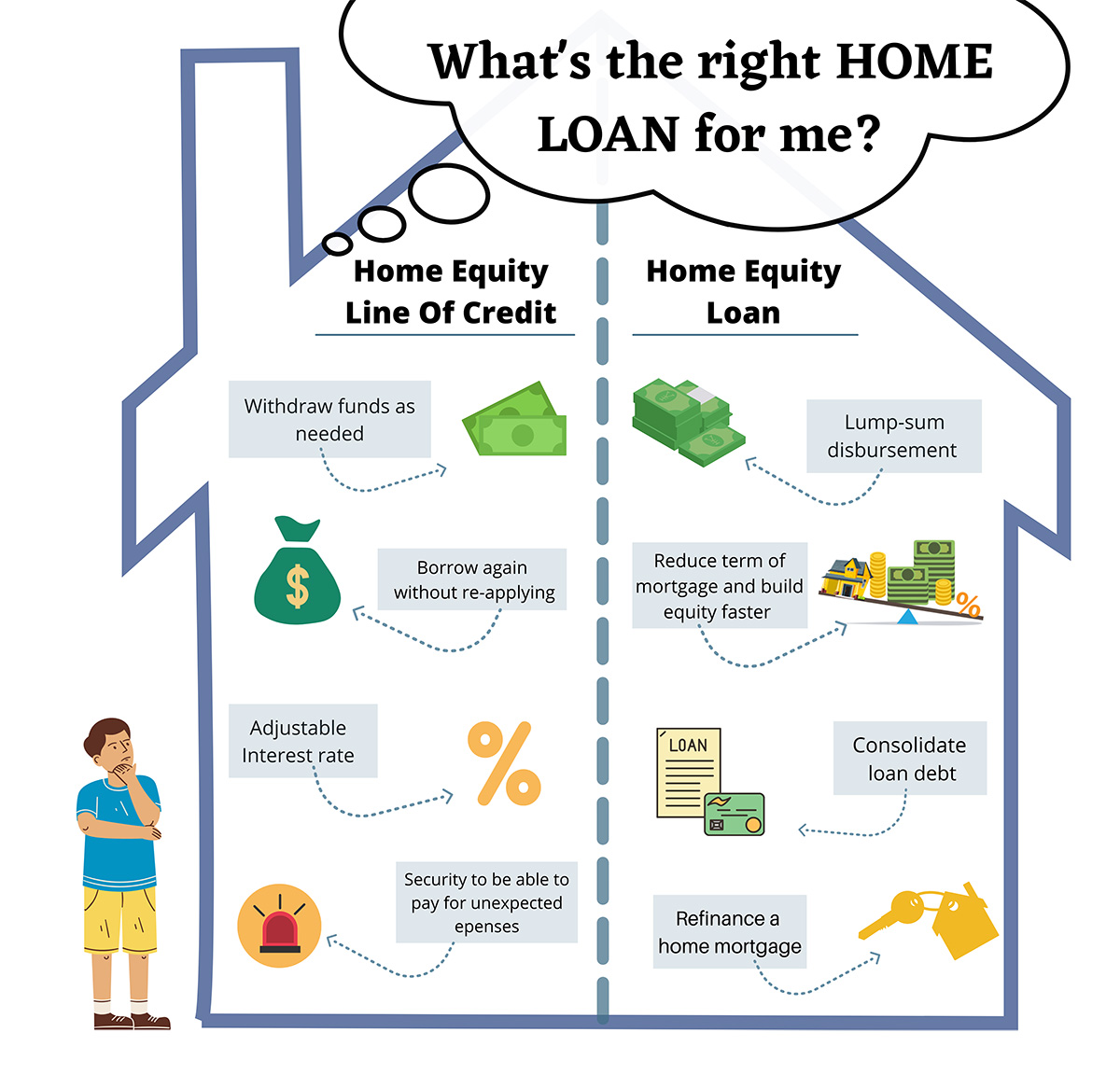Benefits and Drawbacks of Using Equity Release Mortgages in Retirement
Benefits and Drawbacks of Using Equity Release Mortgages in Retirement
Blog Article
Exploring the Different Kinds of Equity Release Mortgages Available Today
Equity Release home mortgages existing different options for property owners aged 55 and over. equity release mortgages. These financial items satisfy different needs and choices, allowing people to gain access to funds from their building. From lifetime mortgages to shared admiration home loans, each type offers distinctive benefits. Recognizing these choices is crucial for making notified choices. What elements should one consider when selecting one of the most ideal equity Release plan? The details that follow may clarify this crucial topic
Recognizing Equity Release Mortgages
Equity Release home loans provide house owners, usually those aged 55 and over, with a method to access the worth locked up in their residential or commercial property without requiring to sell it. This financial alternative allows people to transform a part of their home equity right into cash money, which can be made use of for various functions, such as home renovations, settling financial debts, or funding retirement.Equity Release can take various forms, however it fundamentally entails borrowing against the worth of the home while retaining ownership. Homeowners can select to receive a round figure or a collection of smaller sized settlements, depending upon their economic demands and preferences.Additionally, the amount offered for Release is influenced by the residential property's value, the property owner's age, and details lender criteria. In general, comprehending equity Release home mortgages is essential for property owners to make educated choices regarding taking advantage of their home's equity while taking into consideration the lasting implications.
Lifetime Mortgages
Lifetime home mortgages represent among the most prominent kinds of equity Release. This monetary product permits property owners, typically aged 55 or older, to borrow against the value of their home while maintaining ownership. The finance, which is safeguarded versus the home, builds up passion over time however does not need regular monthly payments. Instead, the car loan and built up rate of interest are paid back when the property owner passes away or relocates right into long-term care.Lifetime home mortgages supply adaptability, as borrowers can pick to get a lump sum or choose for a drawdown facility, accessing funds as required. Significantly, numerous plans included a no-negative-equity warranty, making certain that debtors will never ever owe greater than the value of their home. This attribute supplies assurance, permitting people to enjoy their retired life without the fear of diminishing their estate. Generally, lifetime home loans function as a sensible choice for those seeking economic support in later life.
Home Reversion Program

Drawdown Lifetime Mortgages
While numerous homeowners look for methods to access their riches, drawdown lifetime mortgages provide an adaptable alternative that allows individuals to Release funds slowly. This kind of equity Release home mortgage enables house owners to borrow versus the worth of their home while retaining ownership. Unlike conventional life time home loans, drawdown strategies permit consumers to access a portion of their equity upfront and withdraw additional funds as required, up to an established limit.This feature can be especially useful for those that wish to handle their financial resources meticulously, as it decreases rate of interest buildup by only charging rate of interest on the quantities drawn. In addition, drawdown lifetime home mortgages commonly come with a "no unfavorable equity assurance," ensuring that customers will certainly never ever owe more than their home's value. This alternative suits senior citizens who prefer monetary safety and security and versatility, enabling them to fulfill unanticipated expenses or keep their way of living without needing to offer their home.
Improved Life Time Mortgages
Improved Lifetime Mortgages offer distinct benefits for eligible house owners seeking to Release equity from their residential properties. Understanding the qualification criteria is vital, as it determines who can gain from these specialized lendings. Nevertheless, it is likewise essential to examine the possible downsides connected with boosted choices, ensuring a well-shaped point of view on their usage.
Qualification Standards Clarified
Understanding the eligibility criteria for Improved Life time Mortgages is necessary for potential applicants looking for to access the equity in their homes. Typically, candidates have to be aged 55 or older, as this age requirement is common in the equity Release market. Property owners must possess a residential property valued at a minimum limit, which can vary by lender. Notably, the building should be their main house and in good condition. Lenders commonly evaluate the home owner's health status, as specific wellness problems may boost eligibility and benefits. Furthermore, candidates should not have existing significant financial debts protected against the building. Satisfying these standards allows people to explore Improved Life time Home loans as a practical alternative for accessing funds linked up in their homes.
Advantages of Boosted Mortgages
After clearing up the qualification criteria, it becomes obvious that Enhanced Lifetime Home mortgages offer numerous significant advantages for home owners wanting to utilize their residential or commercial property equity. Mostly, they offer accessibility to a larger funding quantity compared to typical life time home mortgages, profiting those with health and wellness conditions or age-related elements that boost their life expectations danger. This enhanced loaning ability allows house owners to satisfy various economic demands, such as home renovations or retirement costs. Furthermore, these mortgages commonly come with flexible repayment alternatives, making it possible for consumers to handle their finances better. The no-negative-equity assurance further read more ensures that property owners will never ever owe greater than their residential property's value, offering comfort. Generally, Improved Lifetime Home mortgages provide an engaging alternative for eligible property owners seeking financial options.
Prospective Disadvantages Thought About
While Boosted Lifetime Mortgages offer various advantages, potential downsides call for cautious consideration. One substantial worry is the impact on inheritance; the equity released decreases the worth of the estate delegated recipients. In addition, these home mortgages can accrue significant rate of interest gradually, bring about a considerable debt that may go beyond the original finance amount. There might also be constraints on residential property adjustments or rental, limiting property owners' adaptability. Additionally, improved products commonly call for particular health and wellness problems, suggesting not all house owners will certainly certify. Handling the fees and charges linked with these mortgages can be complicated, potentially leading to unexpected expenses. Because of this, individuals need to extensively analyze their situation and seek advice from financial consultants prior to continuing.
Shared Admiration Mortgages
Shared Recognition Home mortgages represent an one-of-a-kind monetary arrangement that enables property owners to accessibility equity while sharing future building worth raises with the loan provider. This approach uses prospective benefits such as minimized regular monthly payments, however it also features drawbacks that should be thoroughly thought about. Recognizing the eligibility demands is necessary for those thinking about this alternative.
Concept Introduction
Equity Release home mortgages, specifically in the form of shared admiration mortgages, provide house owners a distinct monetary option that enables them to access funds by leveraging the value of their residential or commercial property. In this arrangement, a lender offers a financing to the home owner, which is commonly paid back through a share of the property's future recognition in worth. This means that when the homeowner offers the residential property or passes away, the lending institution gets a percentage of the enhanced value, rather than simply the first finance amount. Shared appreciation mortgages can be appealing for those wanting to supplement their earnings or financing significant expenses while preserving possession of their home. Nevertheless, the monetary implications of common recognition have to be thoroughly thought about by prospective borrowers.
Downsides and advantages
Common gratitude home loans can provide substantial financial benefits, they likewise come with remarkable drawbacks that prospective debtors need to take into consideration. These home loans allow home owners to accessibility equity in their properties while sharing a section of any kind of future gratitude with the lender. This plan can be helpful during times of increasing home values, using substantial funds without regular monthly settlements. The primary disadvantage is the prospective loss of equity; house owners might end up with significantly minimized inheritance for beneficiaries. Additionally, the intricacy of the terms can cause misunderstandings regarding repayment obligations and the percentage of appreciation owed. It is important for borrowers to consider these elements very carefully before dedicating to a shared recognition home loan.

Eligibility Requirements
What criteria must home owners satisfy to qualify for a shared recognition home loan? Mainly, candidates need to be at least 55 years of ages, assuring they are within the target market for equity Release items. Additionally, the residential or commercial property has to be their primary residence and usually valued above a defined minimum limit, commonly around ? 100,000. Lenders also assess the homeowner's monetary situations, consisting of revenue and superior financial obligations, to establish they can manage the mortgage properly. Significantly, the building must be in good condition and without substantial lawful encumbrances. Home owners need to additionally have a clear understanding of the terms, including just how appreciation will be shared with the lender upon sale or transfer of the property, as this influences general returns.
Picking the Right Equity Release Option

Frequently Asked Inquiries
What Age Do I Need to Be for Equity Release?
The age demand for equity Release usually begins at 55 for a lot of strategies. Some carriers might provide options for those aged 60 and above, showing varying terms based on individual circumstances and loan provider policies.
Will Equity Release Influence My Inheritance?
Equity Release can impact inheritance, as the quantity obtained plus rate of interest decreases the estate's worth. Heirs might get much less than anticipated, depending on the home's gratitude and the complete financial debt at the time of passing.
Can I Move Residence With Equity Release?
The question of moving house with equity Release arises regularly. Typically, people can transfer their equity Release plan to a new home, however certain conditions may use, requiring consultation with the loan provider for assistance.
Exist Fees Connected With Equity Release Mortgages?
Fees related to equity Release home mortgages can include setup charges, valuation fees, and lawful expenses. Additionally, there might be very early settlement charges, which can affect the general price and economic implications for the borrower.
How Does Equity Release Influence My Tax Scenario?
Equity Release can impact one's tax obligation scenario by possibly increasing gross income, as launched funds are considered capital. Nevertheless, it normally does not sustain immediate tax obligations, making it important to speak with a financial consultant for customized advice.
Verdict
In summary, the range of equity Release home loans offered today offers homeowners aged 55 and over several paths to access their home's worth - equity release mortgages. Whether deciding for a life time home loan, home reversion plan, or other choices, each choice offers distinctive benefits tailored to specific economic needs. Careful factor to consider and appointment with a financial advisor are necessary to ensure the selected equity Release option straightens my blog with monetary scenarios and individual objectives, ultimately helping with informed decision-making for a safe and secure economic future. Equity Release home mortgages present numerous choices for homeowners aged 55 and over. Equity Release mortgages give home owners, normally those aged 55 and over, with a method to access the worth tied up in their building without needing to sell it. Enhanced Life time Mortgages supply distinctive benefits for qualified property owners seeking to Release equity from their properties. Equity Release home mortgages, especially in the type of common appreciation mortgages, supply house owners an one-of-a-kind financial option that enables them to gain access to funds by leveraging the value of their residential property. In recap, the selection of equity Release mortgages readily available today offers home owners aged 55 and over numerous pathways to access their property's value
Report this page